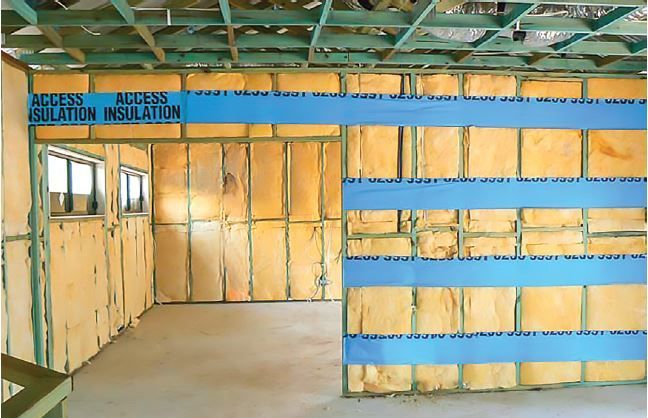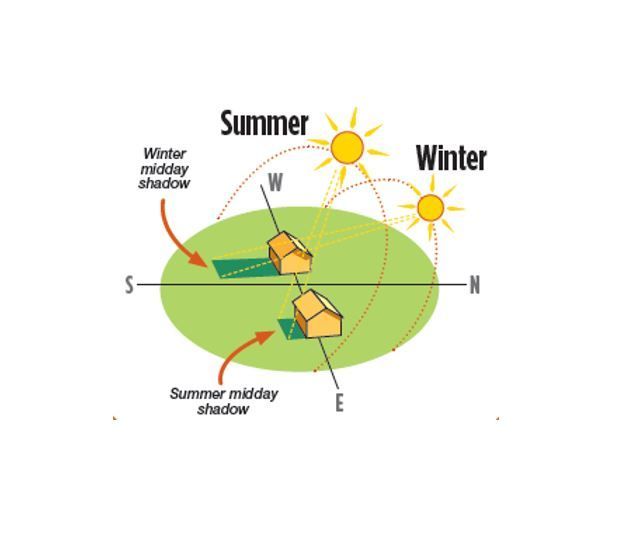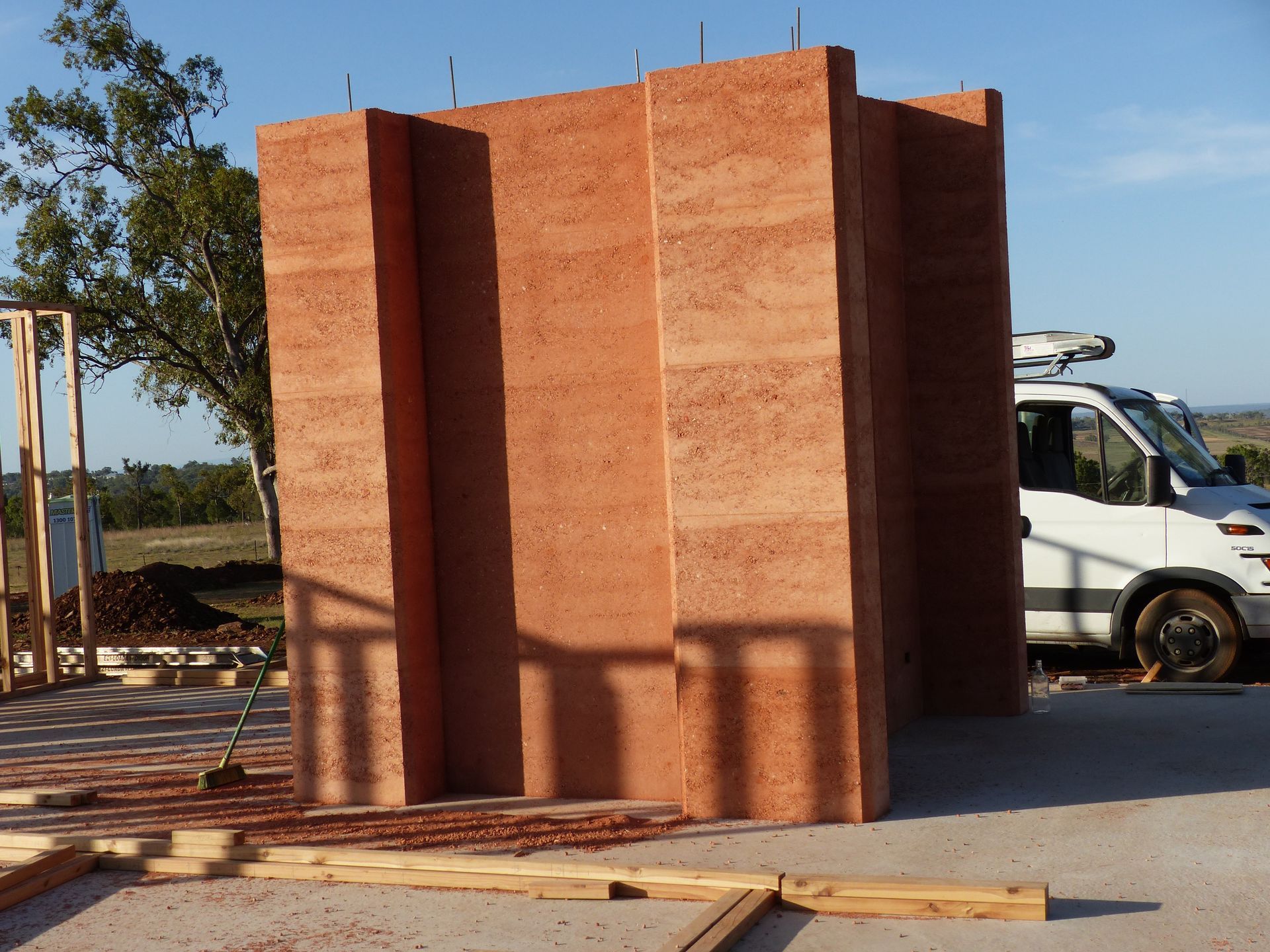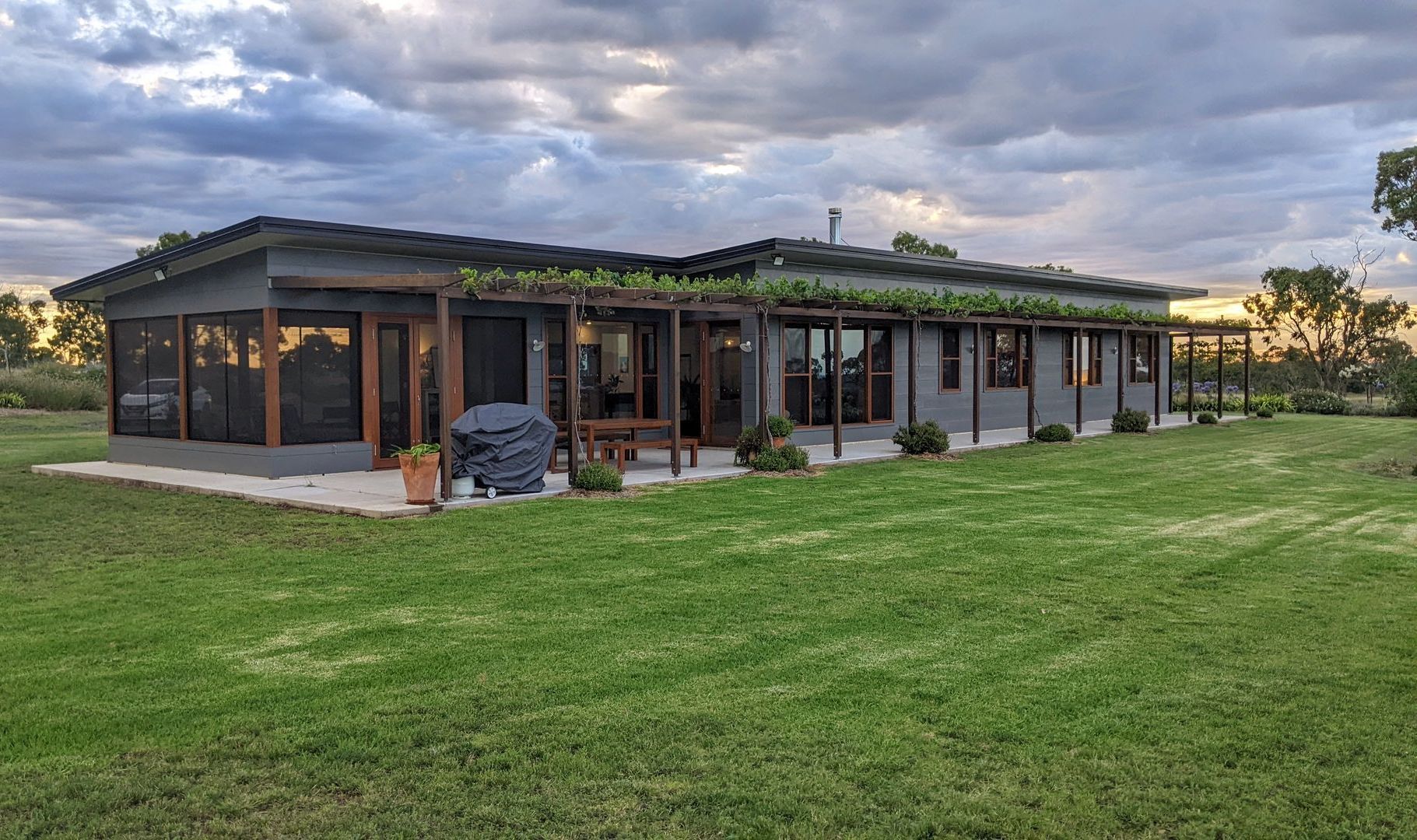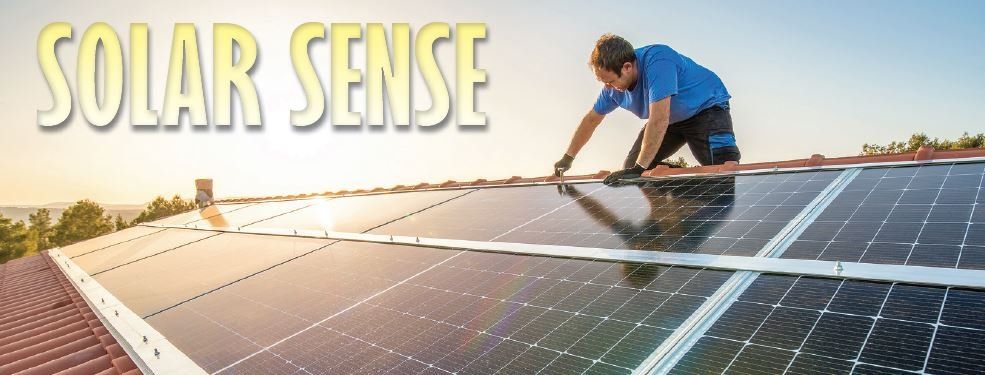WINDOWS TO YOUR WORLD
Over the last few months in these Style magazine articles I have explored the importance of orientating your home to take advantage of the energy efficiency benefits of the natural environment; that is, positioning it to optimize the sun’s free warmth in winter and cooling breezes in summer. Then we have discussed the benefits of insulating the entire envelope of your home to improve its livable comfort and sustainability even further.
These two simple techniques can improve a basic 4.5 Star home — requiring over 110 MJ of heating and cooling energy per m2 over a twelve-month period — to a potential 8 Star home only requiring 40 MJ of energy per m2 over the same period for heating and cooling.
The next obvious cost-efficiency topic to consider are the windows and doors and how we can get a better energy outcome without putting too much pressure on the overall construction budget. Up to 40% of a home’s heat can be lost in winter through the glass and frames of the windows, the external doors, and skylights. In summer this is even more dramatic with up to 87% of the home’s internal heat gained through these external openings.
So, here’s some insight and tips on how to choose the best glazing options for your home, unit, or office. The properties of glass, for windows, are described in three distinct values.
1. Solar Heat Gain (SHGC). This measures the rate that energy from direct sunlight passes through the glass and frame of your external opening. The smaller the SHGC number the lower amount of solar heat is transferred into the building through that opening.
2. Conduction U Value (Uw). This gauges the resistance to heat flow that the entire door or window casement produces. Again, the smaller the number the better the product is at resisting heat flow into the building in summer or out of the same building in winter.
3. Visible light Transmittance (VLT). A low VLT number indicates a low heat gain through the window glass in summer (what you want), but too low a number is not good either, for it means the glass will also resist light in winter, making for a gloomy and cold home.
Using these properties as a guide we can determine the best glass to use for your building based on budget, how much natural light the orientation of your home allows for, and what other insulating factors are in place. The glass generally specified in most build quotes is clear float glass. I normally
suggest an upgrade to a low emissivity glass (low E) with a pyrolytic coating at the very least. This change alone will greatly improve your building’s thermal performance. Also, the glass can be configured in single, double or triple glazing and the frames themselves have a multitude of alternatives.
to choose from. We also always keep in mind the cost benefit ratio — spending thousands of dollars extra for only a small benefit is obviously not worth the expense.
Now that you have decided on the best glass and frames for your building, there are several other design adaptions that will enhance this selection.
Strategic placement of shading over the external openings can maximize thermal comfort by allowing in lower angled winter sunlight when you want warmth, but blocking the higher angled summer sun when you don’t want it. Placement and size of openings in the external envelope also enhance your building’s performance — smaller openings to the west and south, larger to the north. Importantly, more effective sealing around the external openings will reduce air infiltration and thus improve the performance of your home’s thermal properties.
The right glazing fitted correctly will make a significant difference to the comfort and energy performance of your home, unit, or office for the life of the building —and they are all ‘budget-conscious’ one-off expenses.
If you would like to know more, simply arrange a time to visit me at my Design Centre at 20 Stradbroke Street Toowoomba.
— Geoff Gibson
